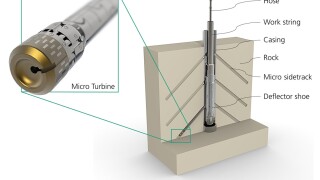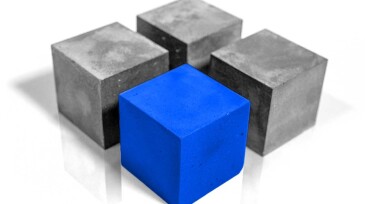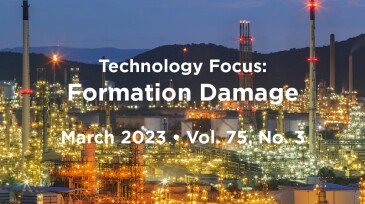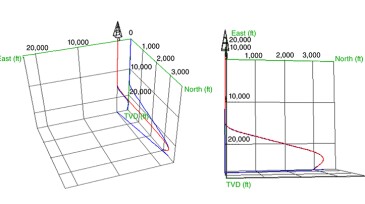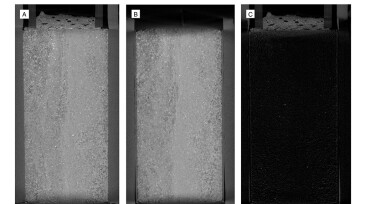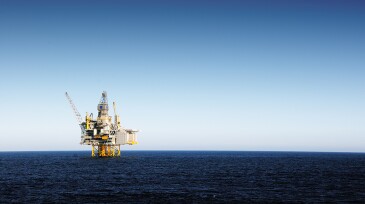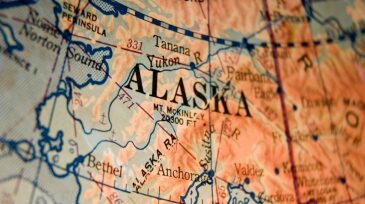Drilling
The Federal Reserve Bank of Dallas’ fourth-quarter energy survey shows that oil prices and geopolitical uncertainty are curbing enthusiasm heading into the new year.
A field test study examines micro turbine drilling in a clay formation that allows steel casing and formation to be drilled in a single operation.
The discovery in the Kutei Basin offshore Indonesia is being considered for fast-track development.
-
EcoShield also reduces carbon footprint of well construction over traditional cement systems.
-
While the ongoing technical studies and technology developments in the area of formation damage are heavily focused on key damage-mechanism scenarios during drilling and production, such as drilling-fluid-induced damage, scaling, clay swelling, fines migration, and incompatibility of fluid/fluid and fluid/rock in conventional sandstone and carbonate reservoirs, there …
-
This paper describes an openhole wireline-logging operation in a deepwater Gulf of Mexico well in a high-pressure/high-temperature slimhole environment using water-based reservoir drilling fluid.
-
The authors of this paper present results of a study that examined formation-damage mechanisms caused by drilling fluids in tight reservoirs in onshore oil fields in Abu Dhabi.
-
The paper presents predicted vs. measured wear for six wells in the Culzean field, a high-pressure/high-temperature gas condensate field in the central North Sea.
-
The authors of this paper present a laboratory-based model to determine the detachment of authigenic and detrital particles in formation damage.
-
The authors of this paper discuss a biosurfactant treatment that offers an economical method for remediation of formation damage caused by high-molecular-weight paraffin wax deposition in porous media.
-
This paper reviews the successful application of a mud-cooling and managed-pressure-drilling system in a high-pressure/high-temperature well to explore the potential of a Mesozoic carbonate platform in the Nile Delta of Egypt.
-
Environmental report recommends shrinking the Alaska project to three drilling sites from the five initially proposed by ConocoPhillips.
-
With the arrival of the digital age, solutions in big data, automation, and artificial intelligence are rapidly opening the door to a deeper and more-comprehensive understanding of drilling operations around the world.


